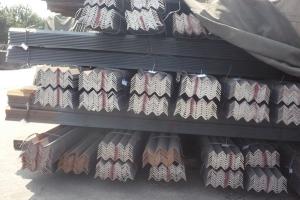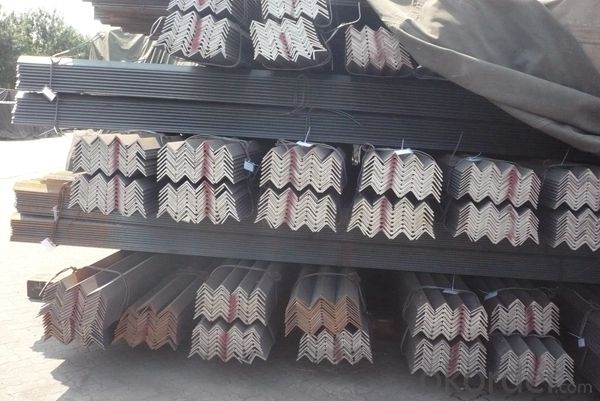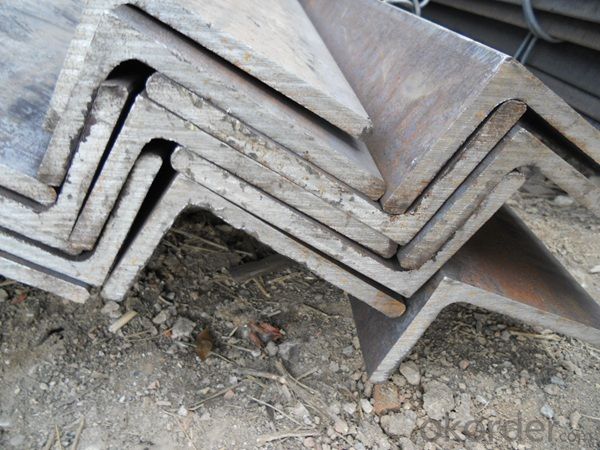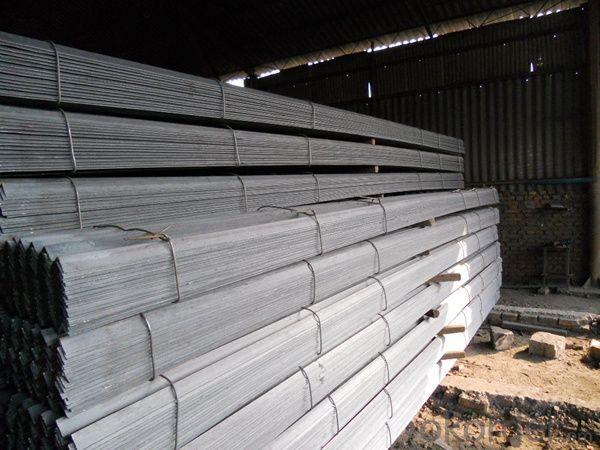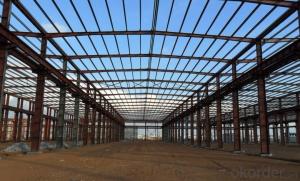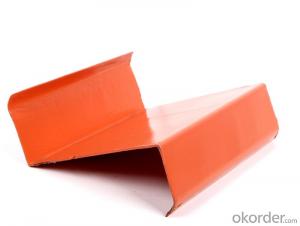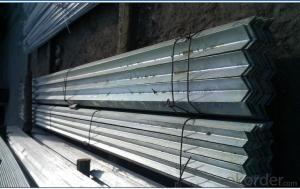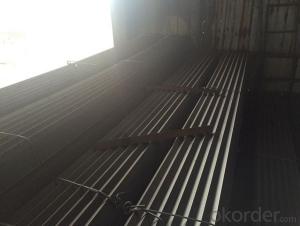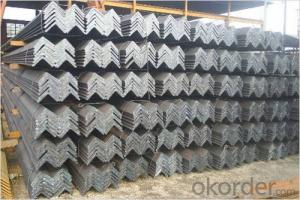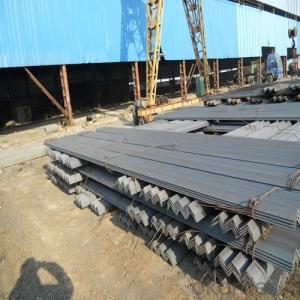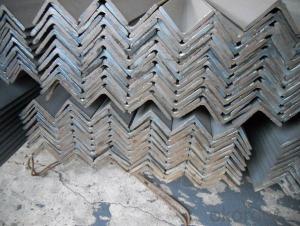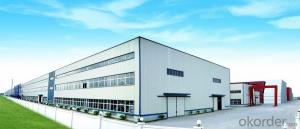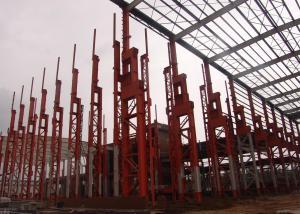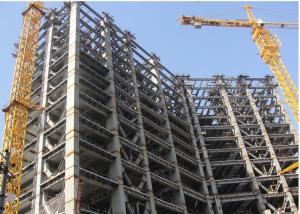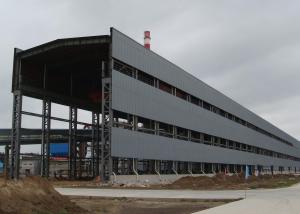Hot Rolled Mild Equal Anlges GB, JIS, ASTM Standard for Making Parts of Warehouses
- Loading Port:
- Tianjin
- Payment Terms:
- TT or LC
- Min Order Qty:
- 50 m.t.
- Supply Capability:
- 10000 m.t./month
OKorder Service Pledge
OKorder Financial Service
You Might Also Like
Specifications of Hot Rolled Mild Equal Anlges GB, JIS, ASTM Standard for Making Parts of Warehouses:
1. Standards: GB,ASTM,BS,AISI,DIN,JIS
2. Length:6m,9m,12m
3. Material:Material: GB Q235B, Q345B or Equivalent; ASTM A36; EN 10025, S235JR, S355JR; JIS G3192, SS400;
SS540.
4. Sizes:
Sizes: 25mm-250mm | ||
a*t | ||
25*2.5-4.0 | 70*6.0-9.0 | 130*9.0-15 |
30*2.5-6.6 | 75*6.0-9.0 | 140*10-14 |
36*3.0-5.0 | 80*5.0-10 | 150*10-20 |
38*2.3-6.0 | 90*7.0-10 | 160*10-16 |
40*3.0-5.0 | 100*6.0-12 | 175*12-15 |
45*4.0-6.0 | 110*8.0-10 | 180*12-18 |
50*4.0-6.0 | 120*6.0-15 | 200*14-25 |
60*4.0-8.0 | 125*8.0-14 | 250*25 |
5. Chemical data: %
C | Mn | S | P | Si |
0.14-0.22 | 0.30-0.65 | ≤0.050 | ≤0.045 | ≤0.30 |
Usage & Applications of Hot Rolled Mild Equal Anlges GB, JIS, ASTM Standard for Making Parts of Warehouses:
Trusses;
Transmission towers;
Telecommunication towers;
Bracing for general structures;
Stiffeners in structural use.
Packaging & Delivery of Hot Rolled Mild Equal Anlges GB, JIS, ASTM Standard for Making Parts of Warehouses:
1. Transportation: the goods are delivered by truck from mill to loading port, the maximum quantity can be loaded is around 40MTs by each truck. If the order quantity cannot reach the full truck loaded, the transportation cost per ton will be little higher than full load.
2. With bundles and load in 20 feet/40 feet container, or by bulk cargo, also we could do as customer's request.
3. Marks:
Color mark: There will be color marking on both end of the bundle for the cargo delivered by bulk vessel. That makes it easily to distinguish at the destination port.
Tag mark: There will be tag mark tied up on the bundles. The information usually including supplier logo and name, product name, made in China, shipping marks and other information request by the customer.
If loading by container the marking is not needed, but we will prepare it as customer request.
FAQ:
Q1: How do we guarantee the quality of our products?
A1: We have established an advanced quality management system which conducts strict quality tests at every step, from raw materials to the final product. At the same time, we provide extensive follow-up service assurances as required.
Q2: How soon can we receive the product after purchase?
A2: Within three days of placing an order, we will begin production. The specific shipping date is dependent upon international and government factors, but is typically 7 to 10 workdays.
Q3: What makes stainless steel stainless?
A3: Stainless steel must contain at least 10.5 % chromium. It is this element that reacts with the oxygen in the air to form a complex chrome-oxide surface layer that is invisible but strong enough to prevent further oxygen from "staining" (rusting) the surface. Higher levels of chromium and the addition of other alloying elements such as nickel and molybdenum enhance this surface layer and improve the corrosion resistance of the stainless material.
Images:
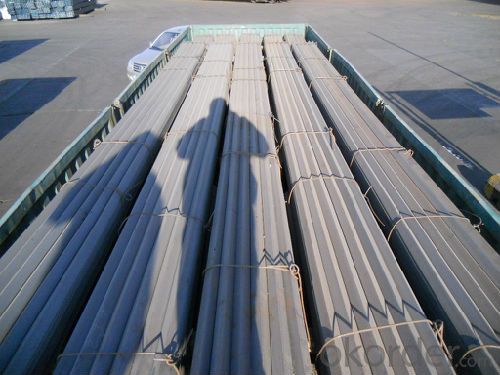
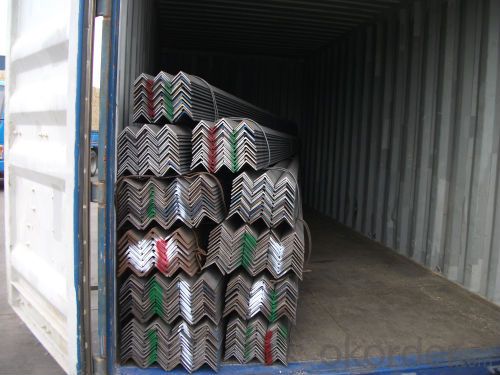
- Q: How are steel structures designed to resist fire and heat?
- Steel structures are designed to resist fire and heat through several measures. Firstly, fire-resistant coatings are applied to the steel surfaces, forming a protective layer that delays the transfer of heat to the steel structure. Additionally, fireproof insulation materials are used to fill cavities and spaces within the structure, preventing heat from penetrating or spreading. Steel members are also designed to have sufficient size and thickness, ensuring they retain their structural integrity even when exposed to high temperatures. Lastly, fire-resistant barriers, such as fire doors and fire-resistant walls, are incorporated into the design to compartmentalize the structure and prevent the spread of fire.
- Q: Installation quota, there are tubes, steel structures and general steel structure, how to distinguish between the two?
- Installation is only water and electricity installation, that is, the general steel structure. I do not know what you said is the instructions, if it is the installation of water and electricity support, then the electrical and ventilation is a set of general steel structure (general iron component production, installation), the pipe is to use pipe stent installation.
- Q: How do steel structures contribute to the overall daylighting and views of a building?
- Enhancing the overall daylighting and views of a building can be achieved through the utilization of steel structures. The presence of steel structures allows for the incorporation of larger windows and openings in the building envelope, thereby contributing to increased daylighting. This is made possible by the high strength-to-weight ratio of steel, which enables the construction of slender columns and beams. Consequently, architects are able to design structures with larger windows and fewer obstacles, resulting in a greater amount of natural light permeating the building and creating a brighter and more welcoming interior space. Furthermore, steel structures offer the advantage of facilitating the implementation of curtain walls, typically constructed using glass or other transparent materials. These curtain walls provide occupants with expansive views of their surroundings, establishing a connection between the interior and the external environment. Steel's strength and flexibility make it an ideal material for supporting the weight of curtain walls, allowing for increased design flexibility and the placement of windows and glazed areas. Additionally, steel structures can also incorporate elements such as atriums or skylights, further enhancing the presence of daylighting and views. Atriums, often enclosed in glass, serve as lightwells, effectively bringing natural light deep into the building's core. Similarly, skylights introduce abundant daylight to areas that might otherwise lack natural light. The versatility and strength of steel make it a dependable material for supporting these features, guaranteeing stability and durability. In conclusion, steel structures offer the necessary architectural and engineering flexibility required to maximize daylighting and views in a building. The inclusion of larger windows, curtain walls, atriums, and skylights results in a naturally illuminated and visually appealing interior space, creating a pleasant and stimulating environment for occupants.
- Q: What are the common design considerations for steel structures in sports complexes?
- Some common design considerations for steel structures in sports complexes include structural stability to withstand heavy loads and dynamic forces, flexibility to accommodate different sports and activities, efficient use of space to maximize seating capacity, proper lighting and ventilation systems for player and spectator comfort, and integration of safety features such as fire protection and emergency exits. Additionally, considerations for long-term durability and maintenance, as well as aesthetics and architectural integration, are also important in the design process.
- Q: Can steel structures be designed to be flexible for future modifications?
- Yes, steel structures can be designed to be flexible for future modifications. Steel is a highly versatile and adaptable material, allowing for easy modifications and alterations to the structure. By incorporating flexible design principles and reconfigurable elements, steel structures can be easily modified to accommodate changing needs, such as adding or removing walls, expanding floor space, or integrating new features.
- Q: What are the design considerations for steel renewable energy projects?
- When it comes to designing steel renewable energy projects, there are several crucial factors that need to be taken into consideration. First and foremost, the structural design of the project is of utmost importance. Steel is an ideal material for renewable energy projects due to its exceptional strength and durability. Therefore, it is essential to ensure that the design can withstand the environmental conditions that the steel structures may encounter, such as strong winds, earthquakes, and extreme temperatures. Additionally, the design should incorporate elements like load-bearing capacity, stability, and structural integrity to guarantee the project's safety and reliability. Another key aspect to consider is the environmental impact of the steel renewable energy project. This includes evaluating the energy required for steel production, transportation, and installation. Opting for sustainable and low-carbon steel production methods, as well as optimizing the design to minimize the use of steel, can significantly reduce the project's carbon footprint. Moreover, it is crucial to take into account the maintenance and lifecycle costs associated with the project. Regular inspections, maintenance, and repairs are necessary to ensure the longevity and performance of steel structures. Therefore, the design should consider factors like accessibility for maintenance and the ease of replacing or repairing steel components. This will minimize downtime and enhance the project's operational efficiency. Furthermore, the design should also focus on integrating the steel structures with other components of the renewable energy project. This includes establishing connections with the renewable energy source, such as wind turbines or solar panels, as well as the electrical and mechanical systems. Ensuring proper alignment, compatibility, and efficient energy transfer between these components will optimize the overall performance of the project. Last but not least, the design should pay attention to the aesthetic aspects of the project. Steel structures can be visually appealing and contribute to the overall design and appearance of the renewable energy project. Incorporating architectural elements, innovative designs, or artistic features can enhance the visual appeal and public acceptance of the project. To summarize, designing steel renewable energy projects involves considering aspects such as structural integrity, environmental impact, maintenance and lifecycle costs, integration with other project components, and aesthetic appeal. By addressing these considerations, designers can create efficient, sustainable, and visually appealing steel renewable energy projects.
- Q: What is the role of steel in automotive manufacturing plants?
- The role of steel in automotive manufacturing plants is crucial as it serves as the primary material for building the structural components of vehicles. Steel is used in various forms, including sheets, beams, bars, and tubes, and it offers exceptional strength, durability, and versatility. One of the primary applications of steel in automotive manufacturing is in the body and chassis construction. Steel's high tensile strength allows it to withstand the forces and impacts that a vehicle may encounter during its lifespan. It provides rigidity and structural integrity to the vehicle, ensuring passenger safety in the event of a collision or rollover. Steel is also used extensively in the manufacturing of engine components, such as crankshafts, connecting rods, and cylinder heads. These parts require high strength and heat resistance, which steel can provide. Additionally, steel is used in the production of suspension systems, brake components, and exhaust systems, where its strength and resistance to corrosion are highly valued. Furthermore, steel plays a vital role in the manufacturing of automotive body panels. It is often used for outer panels like doors, hoods, and roofs due to its ability to be shaped into complex forms and its resistance to dents and scratches. Steel's malleability allows manufacturers to create aesthetically appealing designs while maintaining the necessary safety standards. Moreover, the use of steel in automotive manufacturing plants offers economic benefits. Steel is widely available, relatively inexpensive, and can be easily recycled, making it a sustainable choice. Its widespread use also allows for efficient mass production, reducing manufacturing costs and ultimately making vehicles more affordable for consumers. In conclusion, steel is an indispensable material in automotive manufacturing plants. Its strength, durability, versatility, and cost-effectiveness make it an ideal choice for building the structural components of vehicles, ensuring safety, performance, and aesthetic appeal.
- Q: The steel structure not brush rust which is based on the specification
- Common sense, is buried in concrete column, it will not have the paint column and concrete together (painted isolated). Why don't the steel bars in the cement be painted? Good to understand.
- Q: How do steel structures perform in terms of sound transmission and insulation?
- Steel structures generally have poor sound transmission and insulation properties. Due to the density and rigidity of steel, it tends to conduct sound waves easily, allowing them to travel through the structure. Additionally, steel is not an effective insulator, meaning it cannot effectively block or absorb sound. Therefore, without additional soundproofing measures, steel structures may have high levels of noise transmission and minimal insulation against external sounds.
- Q: What are the design considerations for steel food processing plants?
- When steel food processing plants are being designed, it is important to take several key factors into consideration. These factors include hygiene, durability, versatility, and efficiency. Hygiene plays a critical role in ensuring that the food produced in these plants is safe and of high quality. The design should incorporate smooth surfaces that are easy to clean, preventing the accumulation of dirt, bacteria, or other contaminants. Stainless steel is commonly used in food processing plants because it is non-porous, resistant to corrosion, and easy to clean. Durability is another crucial aspect to consider when designing food processing plants. Steel is a highly durable material that can withstand the harsh conditions found in these facilities, such as high temperatures, humidity, and exposure to chemicals. The design should include structural elements that can bear heavy loads and stress over time. Versatility is important because food processing plants often need to adapt to changes in production processes or product lines. The design should allow for flexible layouts that can be easily reconfigured or expanded as needed. Steel structures are known for their flexibility, allowing for simple modifications and expansions without compromising the building's integrity. Efficiency is a key consideration in food processing plants to ensure productivity and cost-effectiveness. The design should optimize workflow and minimize the distance between different processing areas, reducing the time and effort required to move products and materials. Steel structures can be prefabricated off-site, enabling faster construction and reduced downtime during facility expansion or renovation. In conclusion, when designing steel food processing plants, it is crucial to focus on hygiene, durability, versatility, and efficiency. By carefully addressing these factors, designers can create facilities that meet the strict requirements of the food industry while also ensuring optimal performance and safety.
Send your message to us
Hot Rolled Mild Equal Anlges GB, JIS, ASTM Standard for Making Parts of Warehouses
- Loading Port:
- Tianjin
- Payment Terms:
- TT or LC
- Min Order Qty:
- 50 m.t.
- Supply Capability:
- 10000 m.t./month
OKorder Service Pledge
OKorder Financial Service
Similar products
Hot products
Hot Searches
Related keywords
